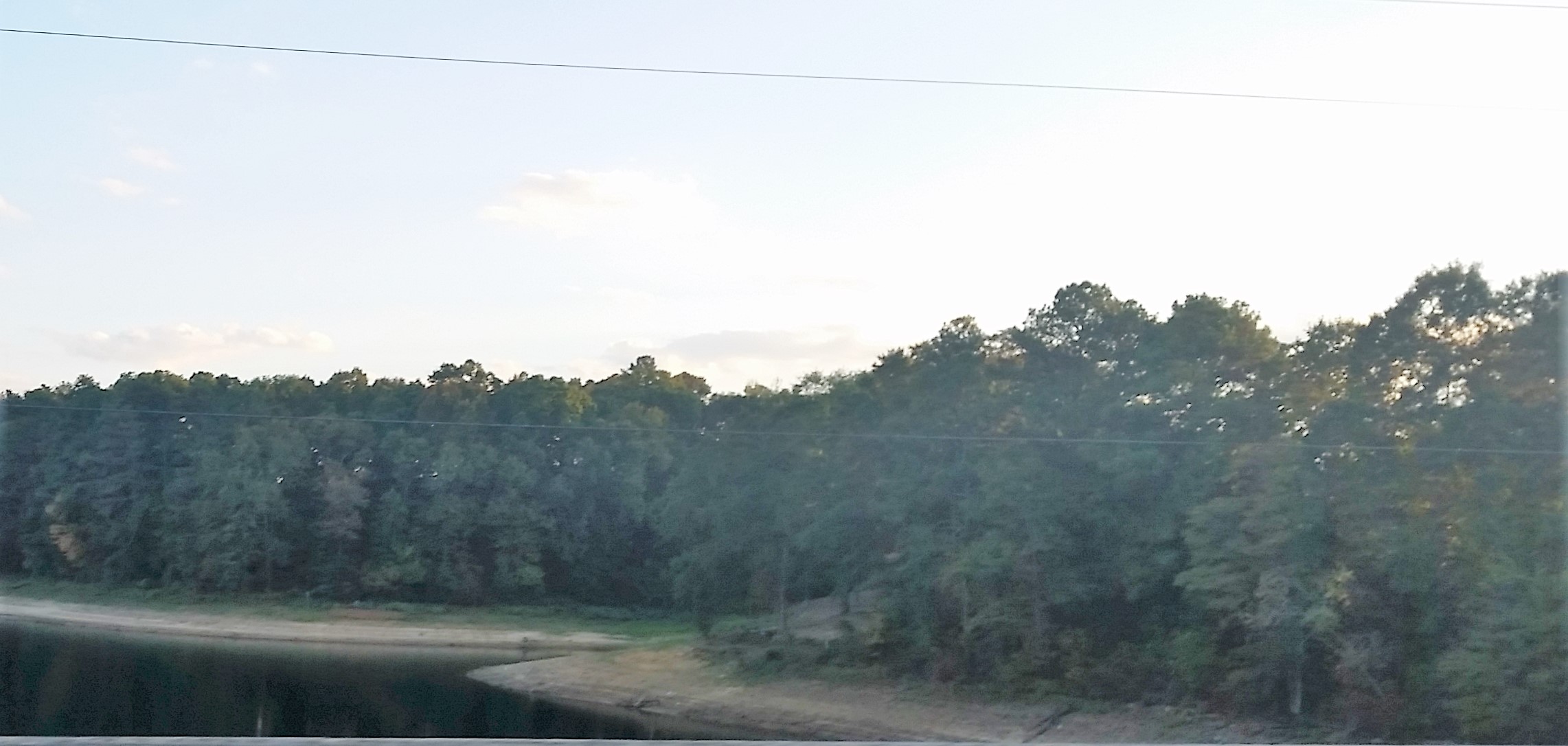Image: Lake Catoma- Sept. 30, 2016
CULLMAN – Cullman residents are not on water restrictions…yet. But if the area doesn't see rainfall soon, that may change.
"We actually had a meeting on Tuesday night and talked about this," said Cullman Mayor Max A. Townson, referring to the City Utilities Board and the amount of water available from Lake Catoma.
"Lake Catoma is down around 12-and-a-half to 13 feet," said Townson. "It's actually almost down to the same level it was in 2007, right before we had the worst drought in 100 years."
The water level in Lake Catoma, the only source of water for most residents in Cullman County, needs only to fall an additional 2 to 2-and-a-half feet before water restrictions could be in place.
"At 15 feet, residents are asked to conserve water," Townson stated. "Personally, my wife and I have already started to conserve water at home."
According to David Freeman, manager of the Cullman City Water Treatment Plant, "The way I do it is I wait until the water is down 14 feet, then I notify Chris Freeman at the City Distribution System. At 15 feet, we go to the mayor. The mayor is the one who officially announces a conservation plan."
Freeman says that about 80,000 people rely on Lake Catoma for water. Earlier this year, when V.A.W. (Vinemont Anon West Point) Water Systems was temporarily buying all of its water from Cullman due to an advisory from the Environmental Protection Agency (EPA), Catoma was serving approximately 100,000 people. V.A.W. is now buying half from Cullman and half from the West Morgan East Lawrence Water and Sewer Authority.
"We pump in about 13 million gallons of water a day from Catoma," said Freeman. "Back in 2007, we ended up around 26-and-a-half feet down. We can get water from 50 to 60 feet down if we have to, it's just harder to process."
If water restrictions are put in place, they would pertain to activities such as watering lawns, washing cars, etc. Basically, citizens would be asked to not use water on non-essential things.
According to the National Weather Service in Huntsville, the next chance of rain for the area is next Thursday, at 20 percent.
Cullman will have more than one source of water once the Duck River Reservoir comes online. "Before that happens, the pipeline has to be laid from Duck River to the pump station to the water treatment plant," said Townson.
"As far as (the) pipeline is concerned, we are in the property acquisition stage now and plans are being finalized. The project should go out to bid (at the) end of 2016 or beginning of 2017," said Cullman Economic Development Agency Special Projects Coordinator Susan Eller. "It will take approximately one year to build the pump station and pipeline."
City officials estimate it will be 2018 before the water is available for use.
Speaking of drought conditions…the Alabama Forestry Commission is urging everyone to use extreme safety precautions when doing any type of outdoor burning.
Coleen Vansant with the Alabama Forestry Commission, said yesterday, “Over the past few days we have experienced an increase in wildfire activity across central, northeast, and east central Alabama. We are in our usual fall fire season but the extended drought across much of the state, particularly from I-65 east is creating greater problems for wildland firefighters. In the past few days, dry conditions combined with low humidity and an increase in wind is creating a favorable weather environment for wildfire. Yesterday, Wednesday, September 28, 2016 the state had 38 wildfires for 282 acres. In the last seven days we have had 137 wildfires for approximately 1,540 acres. Most of these fires have occurred east of Interstate 65 and north of Randolph County to the Tennessee line.
Although we are under no burning restrictions at this time, the Alabama Forestry Commission is urging everyone to use extreme safety precautions when doing any type of outdoor burning. The best thing to do is postpone any burning until measurable rainfall is received.”
Copyright 2016 Humble Roots, LLC. All Rights Reserved.





















